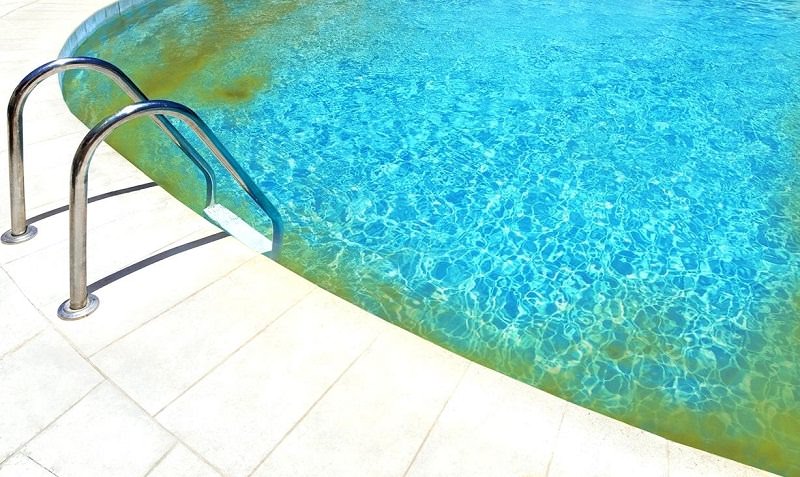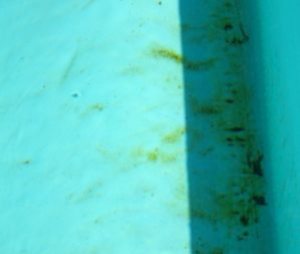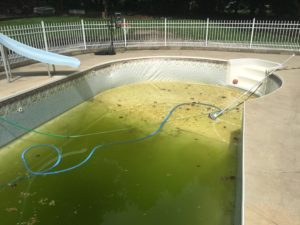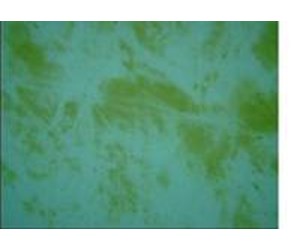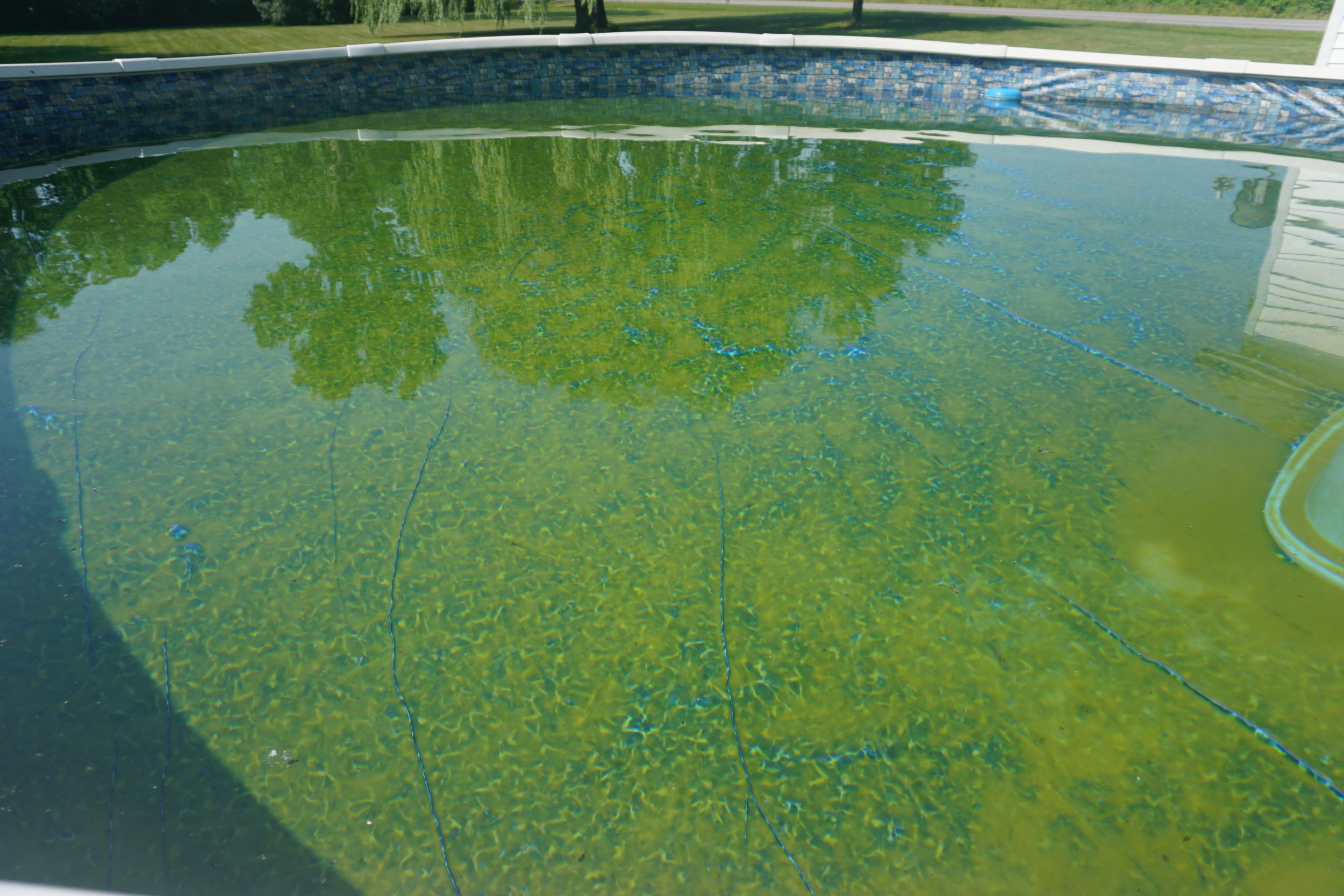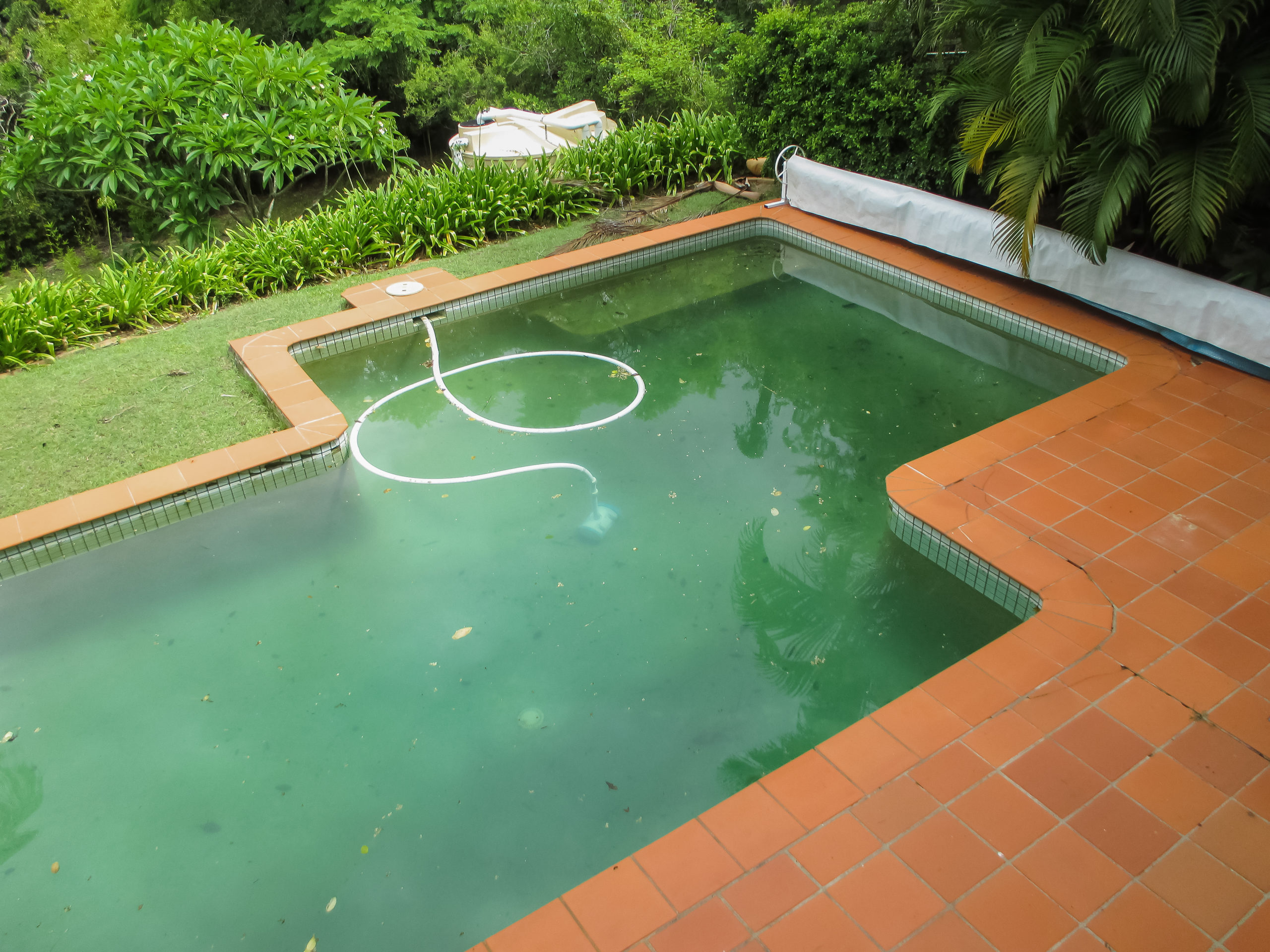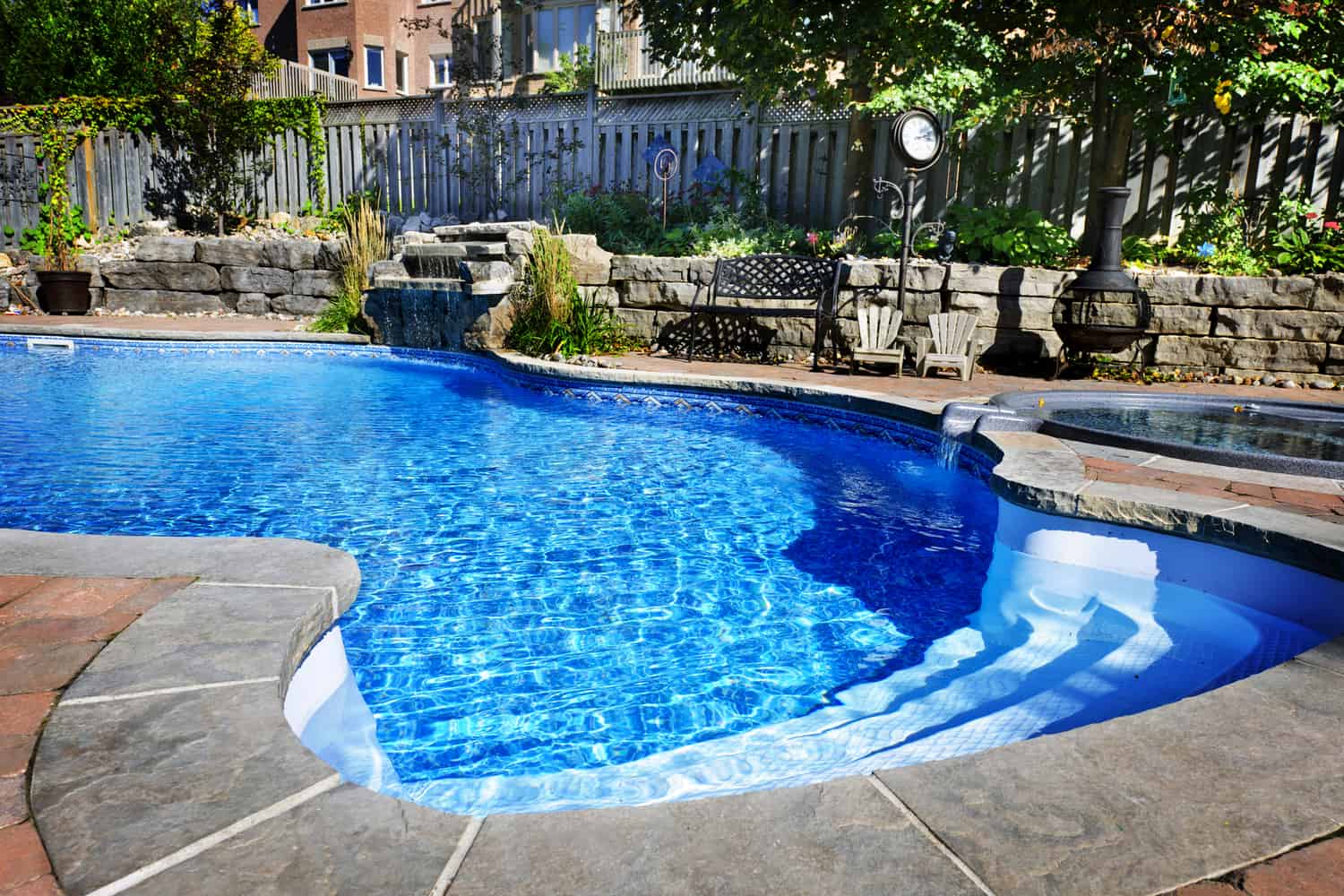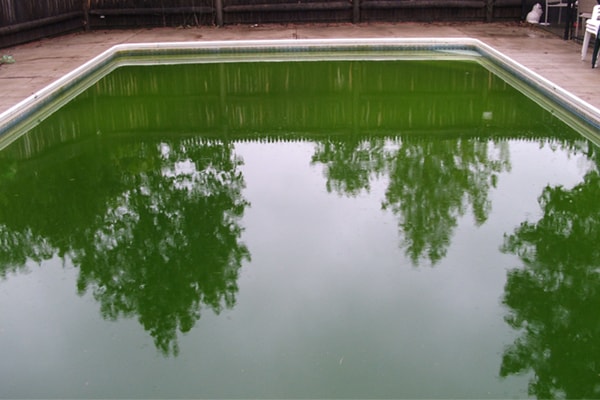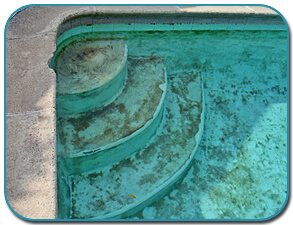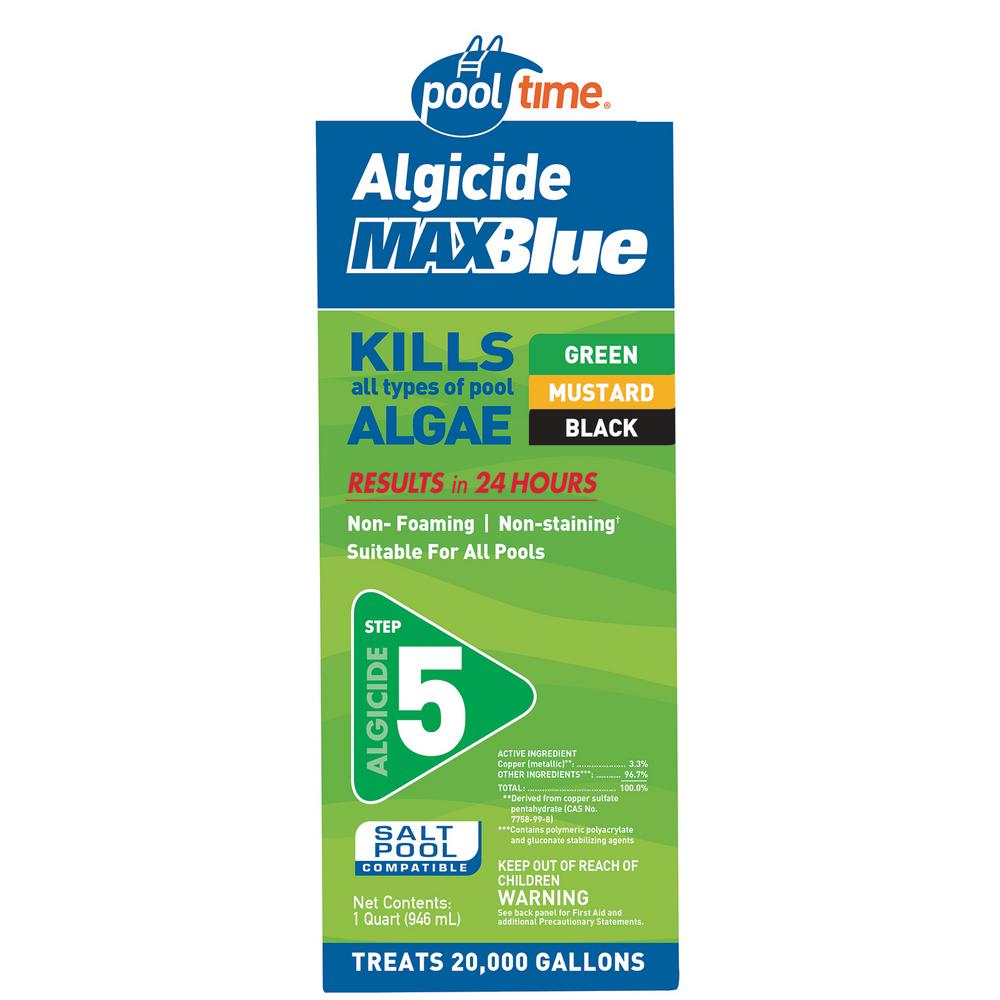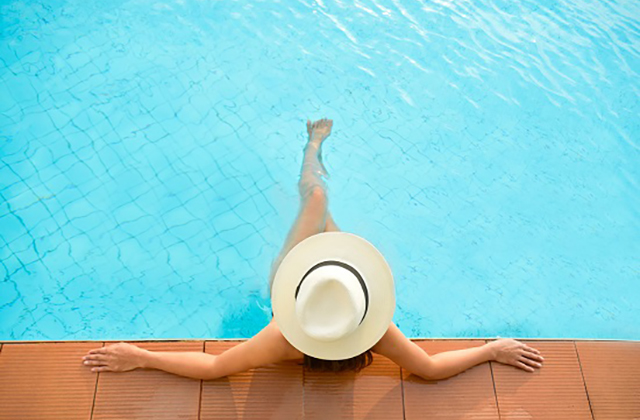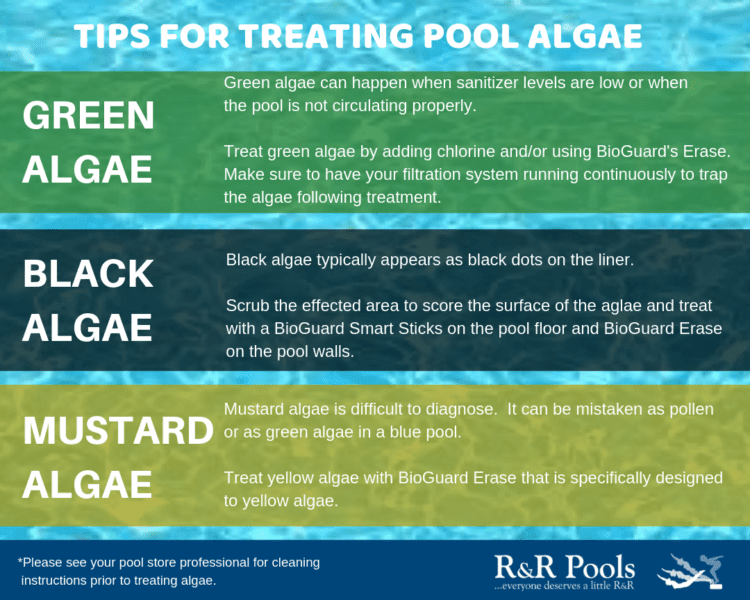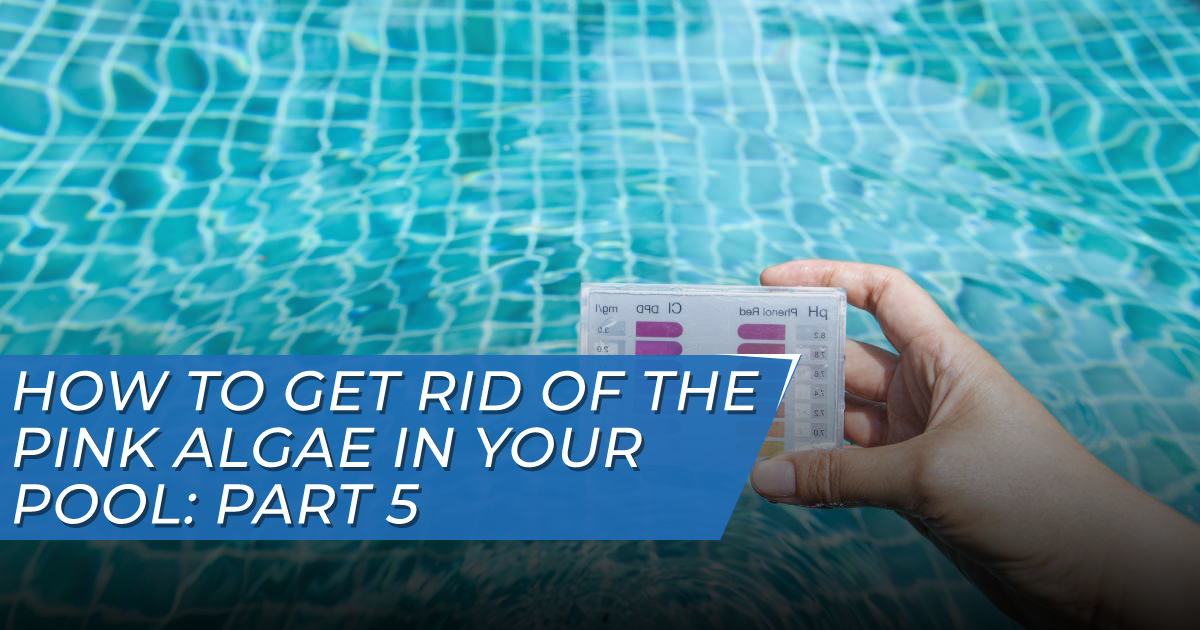Mustard Brown Algae In Pool

This algae typically brushes away from pool surfaces easily but it quickly returns to nearby areas.
Mustard brown algae in pool. You ll probably see it growing in areas that are typically shaded like the sides or bottom of your swimming pool. Mustard algae is often mistaken for dirt or sand on the sides of the pool. It often resembles dirt or sand on the bottom or sides of a pool. Mustard algae yellowish green or brown in color often attaches to pool walls and other items including pool equipment toys and even bathing suits.
Although it s not dangerous usually overgrowth of mustard algae can house bacteria like e coli. It is most commonly found in warmer climates but mustard algae can grow in all pools. The bad news first. Brown algae clinging to the sides of a swimming pool is one of the more difficult types of algae to eliminate.
It can be yellowish yellow green or yellow brown. Mustard algae also know as yellow algae is actually another form of green algae but it varies slightly in color. Brown colored algae is actually a form of yellow or mustard algae and not a separate strain of its own the extremely rare mustard algae forms in pools with poor chemical balance and in shaded areas that get little sun. Unlike green algae which is slimy and clings to pool surfaces mustard algae has a dry powdery surface that is easily mistaken for dirt or stains on pool walls.
Mustard or yellow algae is a rare form of pool algae that is more common in warmer areas but that doesn t mean your pool won t be infected. This type of algae is found in areas where there is constant sun on pools during the day and is not as common in the northern climates where it is often mistakenly identified as the source of the issue. In certain cases when a pool is full of algae you have to vacuum the algae directly out of the pool. The problem with this pesky little nuisance is that it looks so much like dirt pollen or sand that often people don t even realize they have it.
Mustard algae is a stubborn pool algae that results in dirt colored or yellowish brown spots clinging to the walls and floor of your pool. Same as black algae. Mustard algae is resistant to chlorine and is a form of green algae which presents as yellow green or brown in color. Mustard algae resists chlorine and can survive outside of the water so the tiny cells of algae can get carried from place to place on pool equipment water toys and even on bathing suits.
Mustard algae is rare and often mistaken for sand dirt or a stain in your pool. If you have mustard algae in your pool it might look like a stain pollen some sand or dirt. Though rare as far as algae varieties are concerned it can create tremendous frustration due. It can also be resistant to chlorine making it more difficult to remove.
Mustard algae is a chlorine resistant form of green algae yellow green to brown in color.



